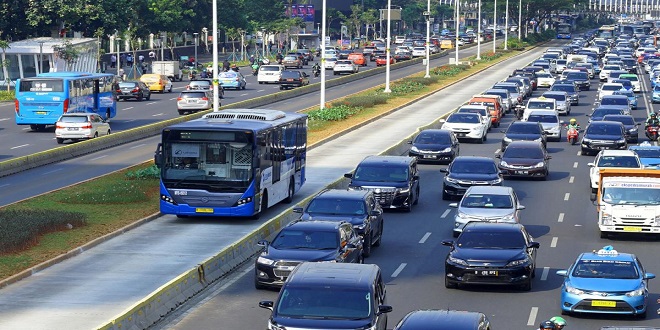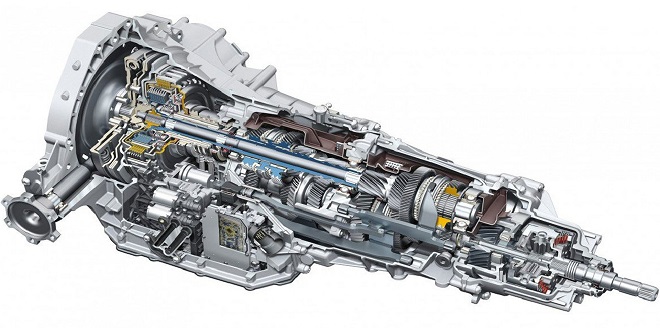Staying Safe and Dealing with Emergencies

Today’s vehicles are not only more efficient and responsive, but they also provide innovative features that can protect you and your passengers from harm. This part shows you what you can — and can’t — expect from the safety systems on your vehicle and what else is out there so that when it’s time to buy a new vehicle, you can choose the safest one available.
Despite your best efforts, your vehicle may break down while you’re on the road. Maybe it will overheat. Maybe a tire will blow. Maybe you won’t know what the problem is, but you’ll know that it sounds — or smells — bad. This part also shows you how to troubleshoot the symptoms, sees you through these traumas, and helps you make your way out of them safely. Because fixing many problems is beyond your capabilities as a do-it-yourselfer, I also tell you how to locate, evaluate, and work with a good repair facility.
Staying Safe on the Road
With the growing emphasis on fuel economy, it’s easy to forget that the most important issue for everyone who owns, drives, or is a passenger in modern vehicles is safety. Getting there efficiently is not as important as getting there in one piece! As prospective buyers and state and federal governments have made reducing road injuries and fatalities a major priority, automotive technology has responded with a variety of improvements and innovations.
Many safety systems that were introduced as optional features on luxury vehicles a few years ago have become available either as an option or as standard equipment on an increasing number of models because research and testing by NHTSA and the IIHS have prompted government legislation to make an increasing number of them mandatory.
Every one of the safety features in this chapter is important, so the order in which they appear shouldn’t affect the amount of attention you pay to each of them. Although buying a vehicle with highly-rated protection systems may cost a bit more, ask yourself what the health — and lives — of you, your family, and your friends is worth. If you’re driving an older vehicle that lacks many vital safety features, you should definitely consider replacing it with a newer, safer, model.
Air Bags
Airbags have been around for quite a while and are credited with saving tens of thousands of people from injury and death. Airbags also have been accused of causing injuries when they deploy with too much force. As a result, they’re constantly being upgraded to be more sensitive and versatile, and they’re designed for several locations to provide protection in a wider variety of accidents.
This section tells you about the types of air bags found on many modern vehicles and what should be available over the next few years. It also tells you how to position yourself (and other passengers) to avoid being injured by them if they deploy.
Traveling safely with air bags
The most important way to protect yourself from being injured by an air bag is to maintain a space of at least ten inches from the area where it’s located. If you’re the driver, this does not mean that you have to scoot the entire seat back ten inches from the air bag if that makes it difficult to steer and reach the gearshift and pedals. Instead, recline the seat back and raise the seat until you’re a safe distance from the bag and still can see and drive comfortably.
Because the driver’s front air bag (often called the frontal air bag) is located in the center of the steering wheel, if your steering wheel can be adjusted, tilt it downward so that the air bag area is aimed at your chest rather than at your head and neck.
How air bags work
Basically, an air bag system is made up of one or more air bags, the crash sensors that detect that a crash has taken place (or in some cases, may be about to happen), and the mechanisms that inflate and deploy the bags. Air bags usually are inflated with a harmless gas (usually nitrogen or argon). To keep you from suffocating and give you room to move around, the gas escapes through vents in the fabric and the bag deflates in less than a second after deployment.
Last word
Air bags are placed in several locations. The frontal air bag on the driver’s side is usually located in the center of the steering wheel, and the passengerside air bag can be found on the dashboard. A variety of side-impact air bag s may be found on or over the doors, on the roof of the passenger compartment, or on the sides or backs of the front seats.





